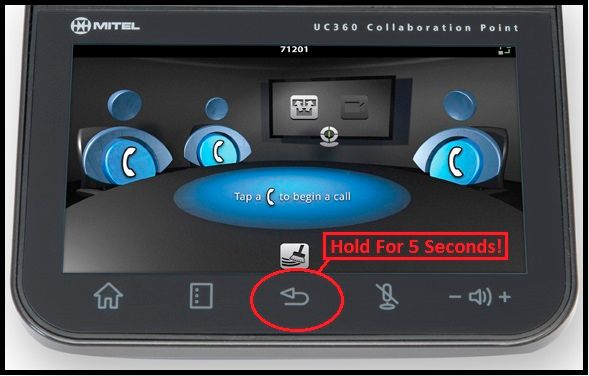886
Mitel MiVoice Business/MCD/3300 / "People" key on 5360 handsets
« on: February 23, 2016, 06:57:34 PM »
We've upgraded some phone users to use 5360 phones. They've discovered a key called "People" on their new handsets and discovered it has nothing in it.
We read the manual and told them it says they have to manually go into the key and add people if they want this button to do something useful.
They were a bit taken aback and told us they had already populated extensive Contacts lists in the corporate telephone directory on the MCD, via AD, as well as additional personal contacts in the MiCollab application, and are we seriously telling them to manually create a list that already exists in MiCollab?
Is there any way the "People" button can draw its information from information that already exists?
We read the manual and told them it says they have to manually go into the key and add people if they want this button to do something useful.
They were a bit taken aback and told us they had already populated extensive Contacts lists in the corporate telephone directory on the MCD, via AD, as well as additional personal contacts in the MiCollab application, and are we seriously telling them to manually create a list that already exists in MiCollab?
Is there any way the "People" button can draw its information from information that already exists?


